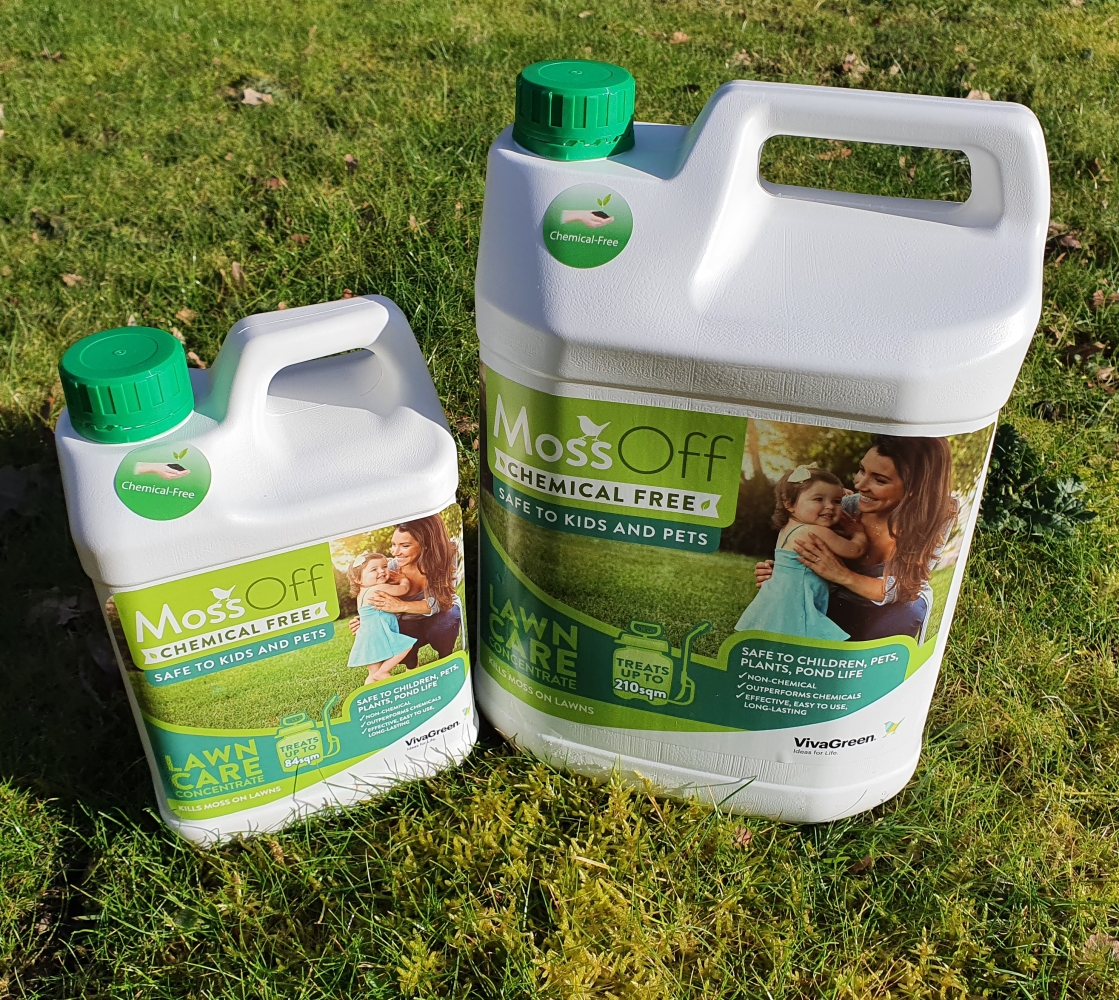If fuzzy green moss is invading your lawn you may be looking for an organic moss killer to get rid of it safely. While chemical moss killers containing ferrous sulfate or iron sulfate are effective, they can also pose risks to pets beneficial soil organisms, and nearby water sources. Thankfully, there are several organic, non-toxic ways to remove moss and restore your lawn’s health.
Why Does Moss Grow in Lawns?
Before we dive into organic moss removal, it helps to understand what causes moss to grow in the first place. Here are some common reasons moss may take over your lawn
- Excess shade from trees or buildings
- Compacted soil that restricts air and water flow
- Poor drainage from heavy clay soil or sloped terrain
- Low soil pH – moss thrives in acidic soil below 6.0 pH
- Lack of aeration to provide oxygen to grass roots
- Insufficient nutrients due to infertile soil or lack of fertilization
- Frequent overhead watering keeps soil and grass leaves wet
By correcting one or more of these underlying issues, you can achieve lasting moss control in an organic, eco-friendly way.
Best Organic Moss Killer Options
Here are some safe, natural moss killers to try in your lawn:
Dish Soap
Plain dishwashing liquid provides an easy, non-toxic way to get rid of moss. The soap breaks down the waxy cuticle coating on moss leaves, causing it to dehydrate and die. Mix 2 ounces of biodegradable dish soap with 1 gallon of water and spray it directly on moss patches. Avoid getting it on grass and other plants. The moss will turn brown and can be raked up once dry. Reapply weekly as needed.
Vinegar
Ordinary white distilled vinegar contains acetic acid that kills moss on contact. Add 1 cup vinegar to 1 gallon of water and apply liberally to moss growth. For stronger acidity, use horticultural vinegar with 10-20% acetic acid content. Repeat application every few days until the moss turns brown and dies back. Vinegar works best on sunny days.
Baking Soda
Spreading baking soda on moss raises the pH, creating an alkaline environment it can’t tolerate. Mix 1 tablespoon baking soda per 1 quart of water and spray onto affected areas. Let sit for 2-3 days until moss turns brown, then rake it up. Baking soda works best as a short-term fix.
Salt Water
Table salt or rock salt is an affordable moss treatment. Make a solution of 1 cup salt per gallon of water and spray over the moss. The salt dries out the moss, causing it to die back. Avoid heavy salt application near plants and root zones.
Corn Gluten Meal
A natural herbicide, corn gluten meal inhibits moss spore germination and new growth. Apply 20 pounds per 1000 square feet in early spring before moss begins active growth. Reapply every 6-8 weeks through the growing season. It also provides a boost of nitrogen fertilizer for grass.
Organic Moss Prevention Tips
In addition to direct moss killing, try these organic methods to discourage moss long-term:
-
Improve light levels by thinning overhead trees and avoiding excessive shade.
-
Aerate compacted soil to increase drainage and air circulation.
-
Adjust pH between 6.5-7.0 using lime if soil is too acidic.
-
Fertilize 4 times per year to nourish grass and prevent moss from invading.
-
Fix drainage issues and avoid frequent overhead irrigation.
-
Dethatch lawns in spring and fall to remove moss debris and improve growth.
-
Overseed bare patches to thicken up thin lawns and prevent moss regrowth.
When to Remove Moss for Best Results
For the most effective organic moss removal, treat lawns:
-
In early spring as temperatures rise before active growth begins
-
In fall after night temperatures cool down
-
On sunny days when moss is dry for best product absorption
-
Before or after seeding new lawns
Avoid moss treatment during summer heat or dry weather when grass is stressed. Plan to reapply organic moss killers like vinegar, soap, and baking soda every 10-14 days until moss growth subsides. With some persistence and the right organic products, you can safely banish moss from your lawn for good.
Organic Moss Control Recap
Here are the takeaways for controlling moss organically:
-
Identify and correct the source – heavy shade, poor drainage, low pH, etc.
-
Apply natural moss killers like dish soap, vinegar or baking soda directly on moss patches.
-
Rake or hand pull dead moss debris to remove spores after treatment.
-
Fertilize and overseed lawns to thicken grass and prevent moss regrowth.
-
Adjust watering practices to allow the soil surface to dry out between waterings.
-
Maintain proper mowing, fertilizing, aerating, and dethatching to encourage healthy grass.
With persistence and a multifaceted organic approach, you can get rid of moss naturally and restore your lawn’s lush green grass. The results are well worth the effort using safe, eco-friendly methods.

Best Moss Killer for Lawns – Kill Moss But Not Lawns
FAQ
What is the best natural moss killer for lawns?
How do you get rid of moss in your lawn organically?
Does Dawn dish soap kill moss in grass?
Does baking soda really kill moss?
- The Ultimate Guide to Growing Strawberries in Raised Beds - August 8, 2025
- No-Dig Garden Beds: The Easiest Way to Grow a Beautiful Garden - August 6, 2025
- How to Protect and Preserve Wood for Raised Garden Beds - August 6, 2025
